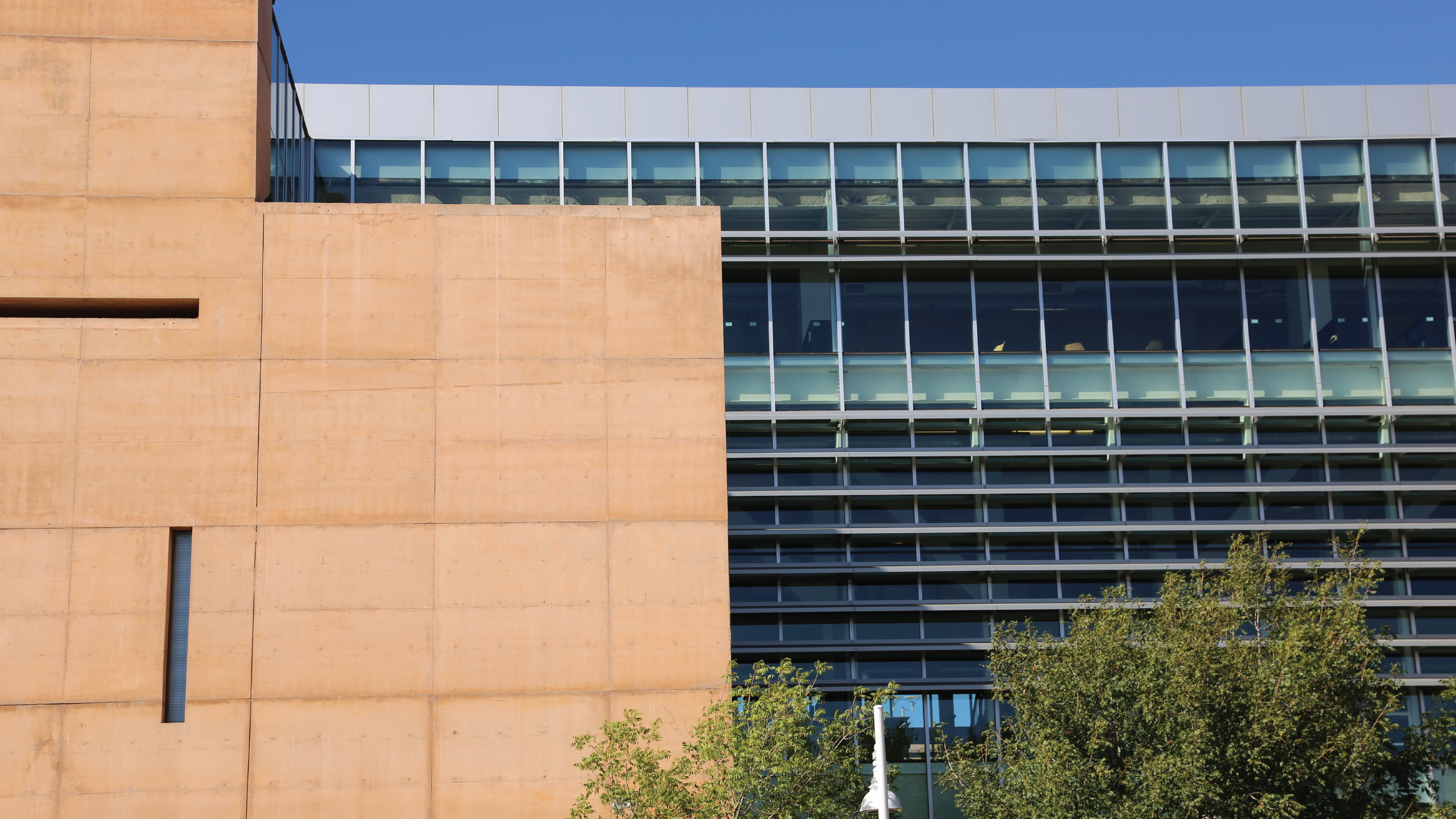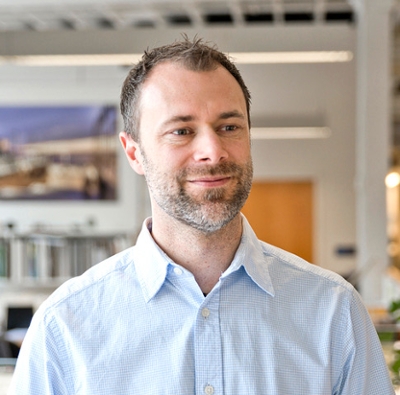Anthony Fettes


Anthony Fettes
Assistant Professor, LA
“Landscape architecture draws upon many different backgrounds both in an educational sense and a cultural sense. What we try and do within the profession is to collaborate with one another."
When Anthony Fettes first came to New Mexico, he sought more than just a change of scenery. He sought the challenge of exploring an entirely different environment as a landscape architect.
While the southwest landscape differs greatly from the midwest and northeastern regions where he has worked professionally, Fettes is no stranger to New Mexico. Nine years after completing his Master of Landscape Architecture degree at the University of New Mexico, Fettes has returned to Albuquerque to teach full time as an Assistant Professor of Landscape Architecture at his alma mater.
For Fettes, one of the primary factors in his decision to pursue teaching full time was the opportunity to spend more time with research. While in practice as a Landscape Architect & Ecologist at Sasaki Associates, he found himself examining the integration of ecological thinking within landscape architecture as a potential area of research.
During his time at Sasaki, Fettes worked on over 130 projects in 22 different countries around the work. “Part of the reason I wanted to come and teach,” Fettes said, “was to reflect on those last eight or ten years…I’ve got a lot of stuff to unpack from that.”
Fettes now uses his experiences on various projects and the design-based research he completed at Sasaki to discover the best approaches and methods, and then brings them into the classroom.
“Landscape architecture draws upon many different backgrounds both in an educational sense and a cultural sense,” said Fettes. “What we try and do within the profession is to collaborate with one another. I’m trying to figure out how to best teach people architectural principles and design in a way that will appeal to both students who are just first learning this stuff and those [students] who are more advanced.”
Aside from pedagogical research, Fettes also finds interest in the idea of biophony as a landscape performance metric. This type of research seeks to examine the relationships between soundscape ecology and ecological design.
“Everyday, we are faced with sound that comes from biologic origins, like birds, and frogs, and crickets,” Fettes explains. “We also have geophonic sounds like wind blowing through trees or the sound of running water. We also have anthropogenic noise, like cars and jets. What I’m looking at is finding if we can just listen, and find out what we are hearing in nature is an actual indicator of what is actually happening on the ground, in terms of the quality of the environment.”
Fettes wants to explore this idea within urban, built, feral and maintained landscapes. Thus far, Fettes has found his theories of biophony being an indicator of a particular environment are supported by other research, but there are few projects pursued outside of large natural areas or preserves.
Aside from his personal research, Fettes is also involved with the Coastal Solutions Fellows Program, which is an interdisciplinary research collaboration on preserving coastal wetlands and shorebird migration habitats.
Fettes is currently co-teaching the Design and Planning Assistance Center Studio (DPAC Studio) with Michaele Pride, but will resume teaching Urban Ecology this fall.

